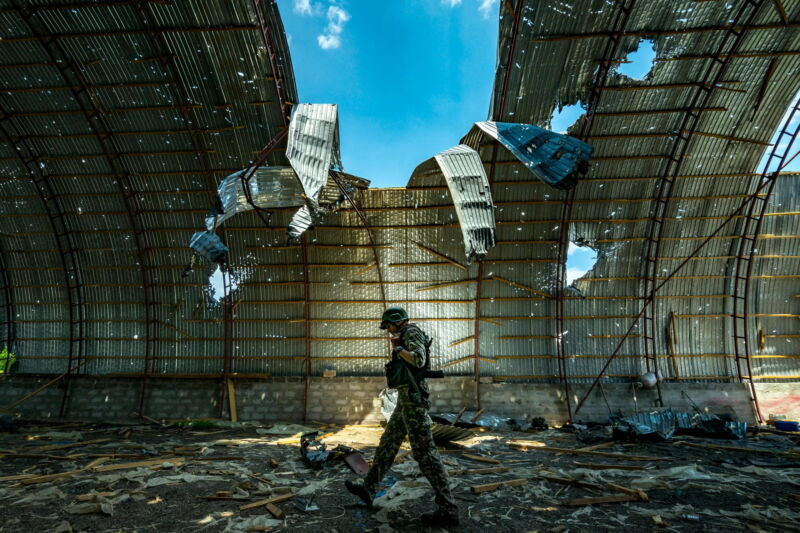
Enlarge (credit: Celestino Arce/Getty Images)
Amidst the tragic toll of Russia's brutal and catastrophic invasion of Ukraine, the effects of the Kremlin's long-running campaign of destructive cyberattacks against its neighbor have often—rightfully—been treated as an afterthought. But after a year of war, it's becoming clear that the cyberwar Ukraine has endured for the past year represents, by some measures, the most active digital conflict in history. Nowhere on the planet has ever been targeted with more specimens of data-destroying code in a single year.
Ahead of the one-year anniversary of Russia's invasion, cybersecurity researchers at Slovakian cybersecurity firm ESET, network security firm Fortinet, and Google-owned incident-response firm Mandiant have all independently found that in 2022, Ukraine saw far more specimens of “wiper” malware than in any previous year of Russia's long-running cyberwar targeting Ukraine—or, for that matter, any other year, anywhere. That doesn't necessarily mean Ukraine has been harder hit by Russian cyberattacks than in past years; in 2017 Russia's military intelligence hackers known as Sandworm released the massively destructive NotPetya worm. But the growing volume of destructive code hints at a new kind of cyberwar that has accompanied Russia's physical invasion of Ukraine, with a pace and diversity of cyberattacks that's unprecedented.
Read 12 remaining paragraphs | Comments
source https://arstechnica.com/?p=1919531


إرسال تعليق
Hey Everyone!